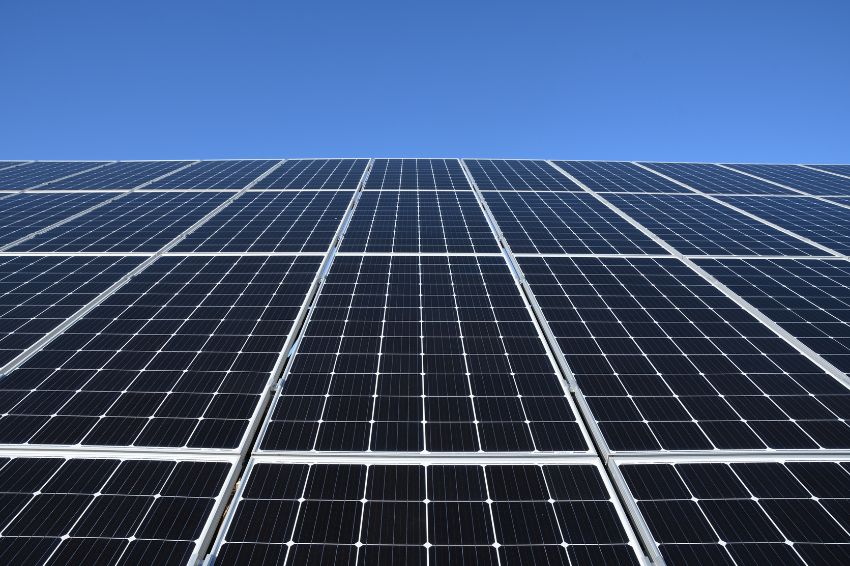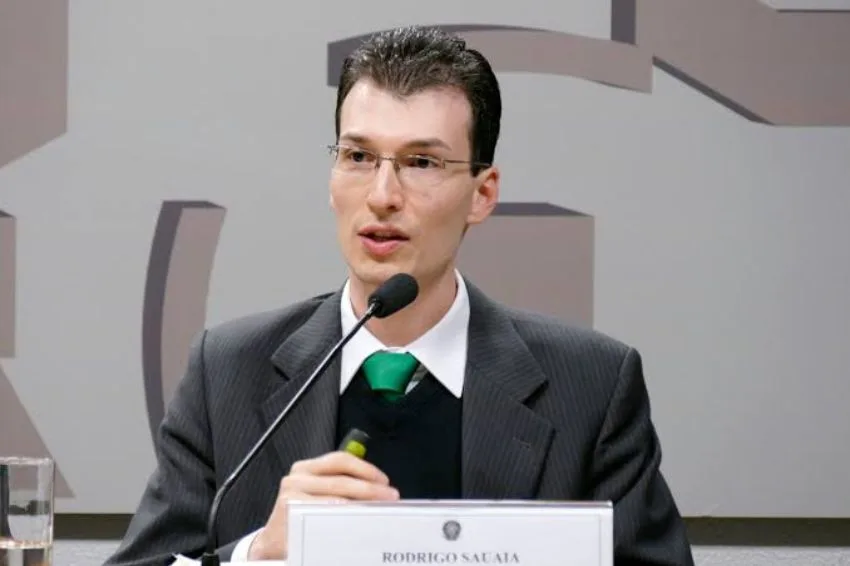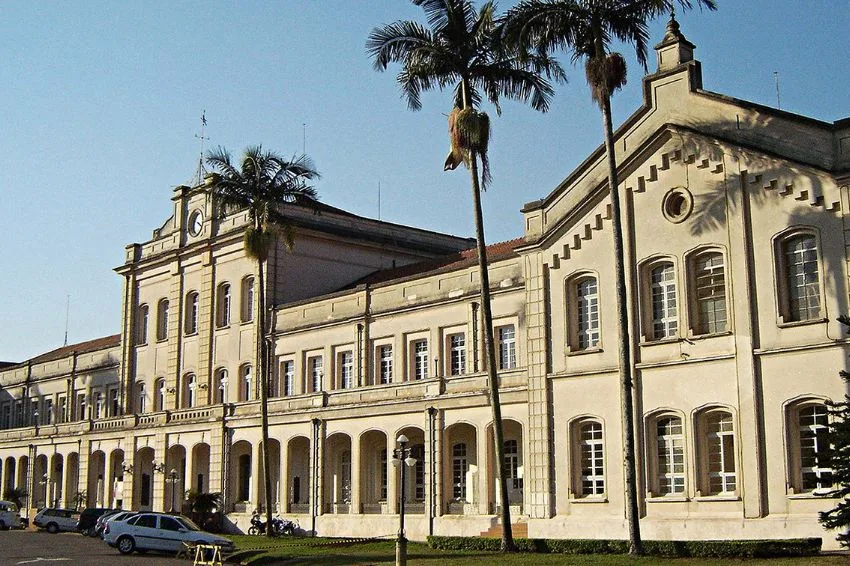Invest in own generation in energy – especially the solar – continues to be a good deal. And this segment should experience a new boom in the years 2024 and 2025. The projection is part of the analysis of experts present at the panel on Distributed Generation of Solar Energy, which took place this Tuesday (07), during the Intersolar Summit Brasil Sul, at the FIERGS Events Center.
The event continues until today (08) with free entry to more than 50 exhibitors. “The own energy generation segment suffered from macroeconomic changes, post-pandemic inflation, a drop in purchasing power, a reduction in credit and with financial companies that dried up investments with the risk of default.”
“Now, we are starting a new cycle, with many more opportunities, but which require greater technical training”, said Romulo Roque Pieta, CEO of Pieta.tech, one of the speakers at the event.
For him, Law 14,300 represented greater security and legal support for the sector, despite the initial uncertainties. Furthermore, the sector was impacted by the costs represented by charging Fio B in the energy tariff.
However, this charge, which started at 15% on January 6, 2023 and will continue on a gradual scale until reaching 90% in 2029, was offset by a reduction of around 30% in the value of equipment used to install photovoltaic energy systems. “Investing in own energy generation has never had such a good and safe return, because now there is a law that protects the sector”, concluded Pieta.
Challenges
If the prospects for the photovoltaic sector are positive, investors need to be aware of some obstacles that are appearing on the way. One of them, according to Bárbara Rubim, CEO of Bright Strategies, are problems in the invoices of companies that are part of the free energy market. “Of the 80 accounts we recently analyzed, practically 100% had billing errors, including those from concessionaires in Rio Grande do Sul, RGE and CEEE”.
For those who intend to enter or are already in this market, Bárbara makes another recommendation. “The four factors that will determine the viability of own energy generation are the ICMS rate in the state or not for the model, which may be impacted by the Tax Reform; the value of the contracted demand; the weight of wire B in the energy tariff; and simultaneity”, he listed.
The theme of simultaneity was the main highlight of the participation of Frederico Boschin, executive director of Noale Energia, at the event. “It doesn’t matter how much energy you consume, but how you consume it. In other words, it is necessary to generate energy at the same time (at the same time) that it is used”, he recommended.
Even with some barriers, the growth of the free energy contracting market is undeniable. “The generation of self-producers increased by 636.6% in Brazil from 2022 to 2023, according to the Electric Energy Trading Chamber”, pointed out Boschin.
According to the lawyer, the main highlight of the free contracting environment is precisely the generation of photovoltaic solar energy, with 62.8%, followed by thermal, with 2.2%, and wind, with 2.1%. As a result, the representation of the free market in energy consumption in Brazil grows every year and should reach 37% in 2023.
Potential of the Southern Region
Florian Wessendorf, CEO of Solar Promotion, opened the event and highlighted the importance of the state, which has the largest installed base of photovoltaic energy generation in the country and is the third largest national grain producer. This opens up space for an emerging application, agrivoltaics. It provides synergy between solar energy and agriculture, one of the main themes of the event.
“The choice of the capital of Rio Grande do Sul as the headquarters of the first Intersolar Summit Brasil Sul is due to the conjunction of two factors: the first is the strength of the state’s agricultural production and the second is the potential for expansion of photovoltaic solar energy, associated with the storage of energy”, added Celso Mendes, solar energy advisor at Aranda Eventos, organizer of the Intersolar Brasil Summit.
The perception was reinforced by Rodrigo Sauaia, CEO of ABSOLAR. “The Southern Region of Brazil has always played a leading role in the generation of photovoltaic energy, so much so that the three states, Rio Grande do Sul, Santa Catarina and Paraná, are in the Top 10, with the highest volume of distributed generation”, he highlighted. The Gauchos occupy third place in Brazil in this indicator, behind only São Paulo and Minas Gerais.
According to Sauaia, Rio Grande do Sul, Santa Catarina and Paraná, together, have an installed photovoltaic capacity of 6.1 GW, received investments of more than R$ 31.1 billion and generated 184.4 thousand new jobs. Another highlight is tax collection – accumulated at R$ 7.4 billion by 20023, based on data from ABSOLAR and ANEEL (National Electric Energy Agency).
An interesting aspect is that the majority of installations in Rio Grande do Sul are in homes, with 49.6% of distributed generation in the state. Then come commercial installations, with 22.3%; agricultural, with 19,25%, and industries.
“The big difference between solar energy and wind energy is that it can be done in any size and anywhere there is land. It is a modular project. And this facility opens up potential for the growth of this type of application and the increase in the participation of photovoltaic energy in the state's energy matrix”, highlighted Eberson Silveira, energy advisor at the State Secretariat for the Environment and professor of specialization in renewable energies at PUC- LOL.
“RS is a protagonist in renewable energy in Brazil. In addition to the recognized potential in wind energy, the state stands out with an installed capacity of 2.5 GW of solar energy and investments already made in the order of R$ 12 billion. In RS, this type of energy already accounts for 22.6% of installed power, having already surpassed wind power”, he concluded.
Generation per capita in the South
Another speaker, doctor in Electrical Engineering Leandro Michels, associate professor at UFSM (Federal University of Santa Maria) and director of the Institution's Embrapii Unit in Distributed Energy Resources, brought data referring to the per capita generation of the three southern states, which include 221 W in Rio Grande do Sul, 197 in Paraná and 174 in Santa Catarina. “Rio Grande do Sul has the third largest power per capita in Brazil”.
He highlights that there is great room for growth for this market, based on the per capita example of Australia, which registers around 1,100 W per inhabitant. One of the main challenges faced by the sector is the modernization of the Brazilian electrical system, whose model was designed for another type of generation and has undergone small changes in recent years.
“As photovoltaic penetration increases, new technical challenges emerge. We already have significant growth and a lot of room for growth, but for this growth to be simpler, we need to resolve technical issues regarding the model of the electrical system, the distribution system and there is a simple path, which is to try to technologize, make current electrical grids smarter and all of this can be done with minimal investment”, he emphasized.
This Wednesday, at 2pm, Michels will participate in a second panel at Intersolar, in which he will debate the topic “Innovations in photovoltaic solar energy – agri-PV, small-scale storage systems, preparation for the free market”.
Solar data in Brazil
By 2050, solar energy generation should take first place in the Brazilian energy matrix. According to projections by BNEF (BloombergNEF), Brazil should have an installed potential of 121 GW, representing 32.2% of the energy matrix in the coming decades.
The advancement of this source is coming at high speed – in 2016, it represented 0.1% of installed power, and today, it already reaches 15.6%. In the 2022 ranking, the country ranks fourth worldwide in annual installed capacity, with 9.9 GW – behind China, the United States and India.
About Intersolar Summit Sul
The organizers expect to receive 2,000 visitors and 350 delegates, in addition to bringing together 50 exhibitors in 4,000 m² of fair. The congress will feature 25 speakers and the program includes short courses and presentations, some with free entry.
The Intersolar Summit Brasil Sul has partnerships with ABGD (Brazilian Association of Distributed Generation), ABSOLAR (Brazilian Association of Photovoltaic Solar Energy), UFSM (Intelligent Networks Institute of the Federal University of Santa Maria), AHK (Brazil Germany Chamber of Commerce ), Sebrae-RS, Senai-RS, Sindienergia-RS, Movimento Solar Livre, Greener, INEL (National Institute of Clean Energy) and NewCharge.
Information and accreditation are available at site.

















2 Responses
Good morning! I installed solar and photovoltaic panels in 2019.
Am I happy that I can help the planet, and my pocket too?
It's a shame for those who place it now in 2023, they will have to pay this absurd fee.
When I found out that there would be this tax in 2020. I was very sad to find out! because I started researching batteries for energy production storage. I discovered that I had a battery called German flux, based on salt.
I was excited, and I thought it was wonderful, because I discovered that in the USA, there is a state that has a container like this larger than 40 feet, with these flow batteries that supply 6,000 homes. That's right, 6,000 houses.
But I was sad when I saw the price!
unfortunately it is not yet viable for our Brazil! where there is no instinct, and yet tax the sun.
But I haven't given up yet!
Because I have a power plant at home, which gives me energy only during the day, I think it's absurd to have to depend on third party supplies, it's time to have these batteries and not depend on anyone.
We have photovoltaic energy!
We have to have it viable and affordable for everyone.
Great